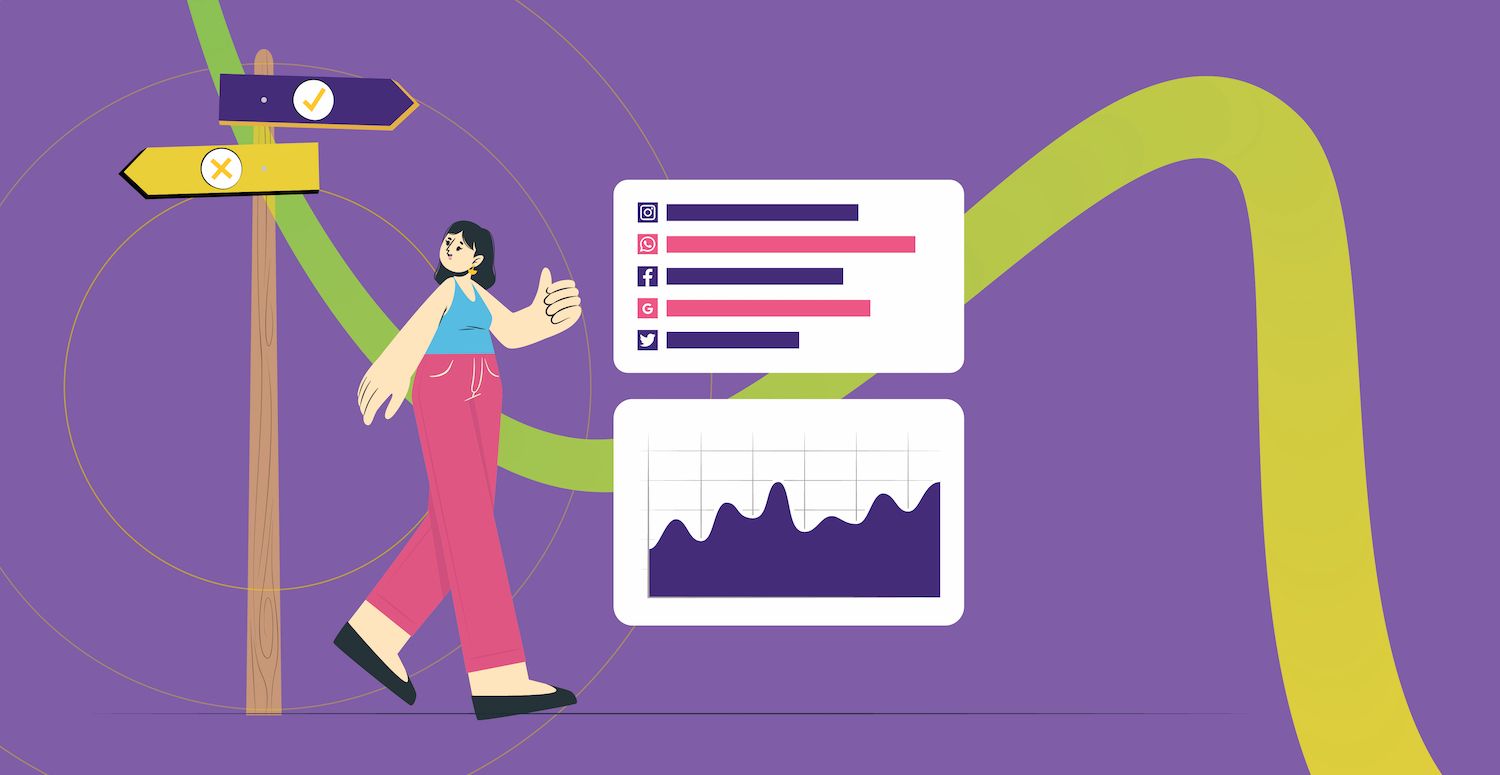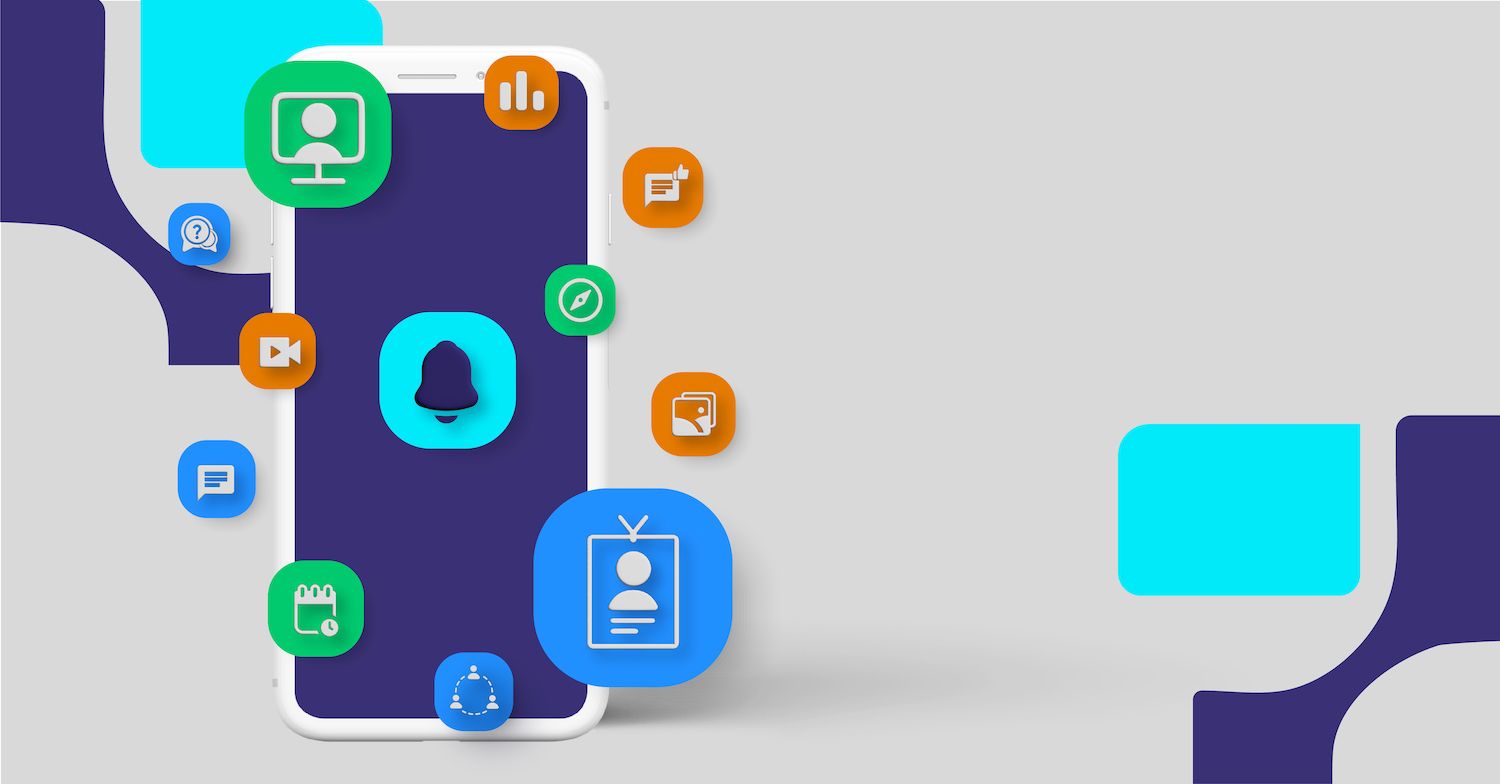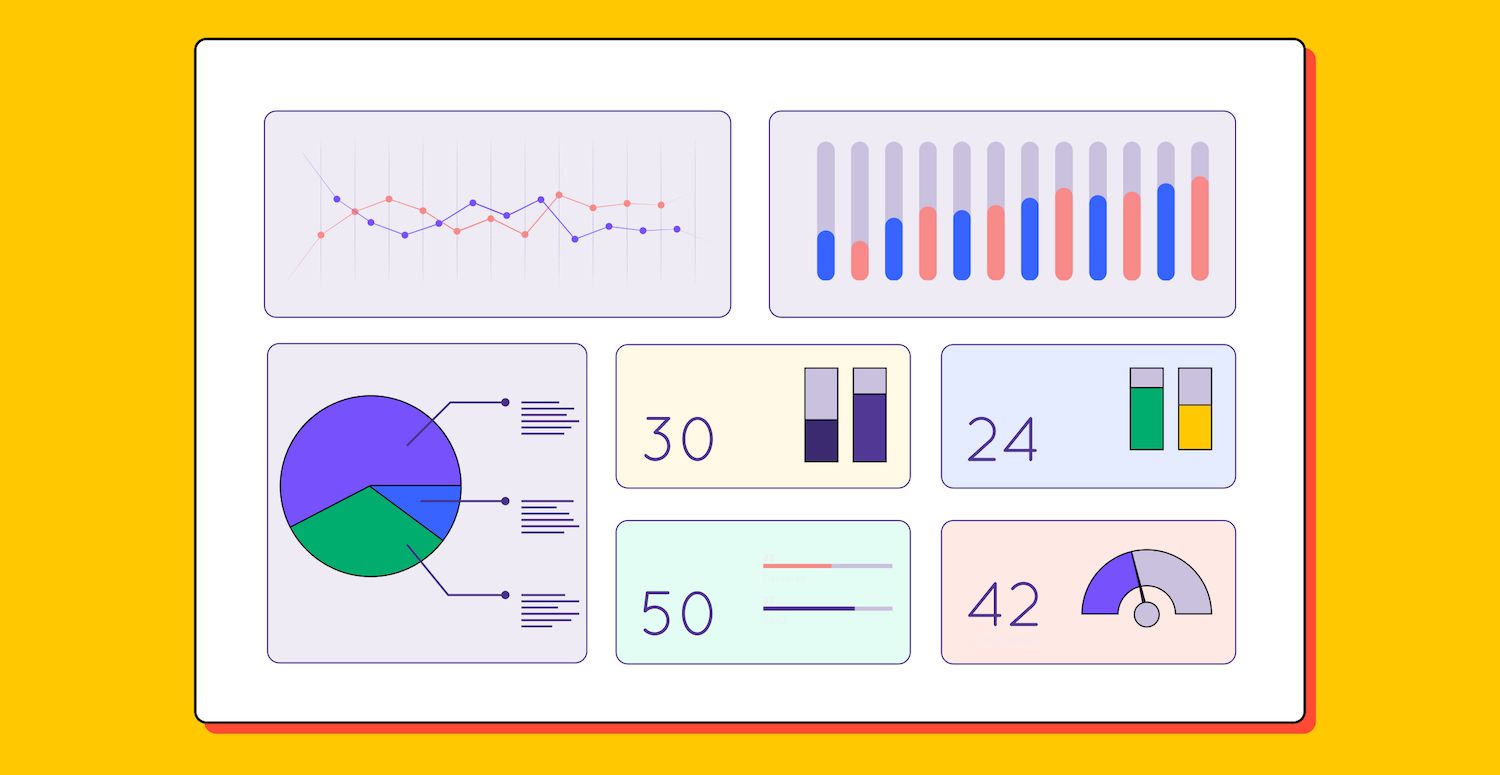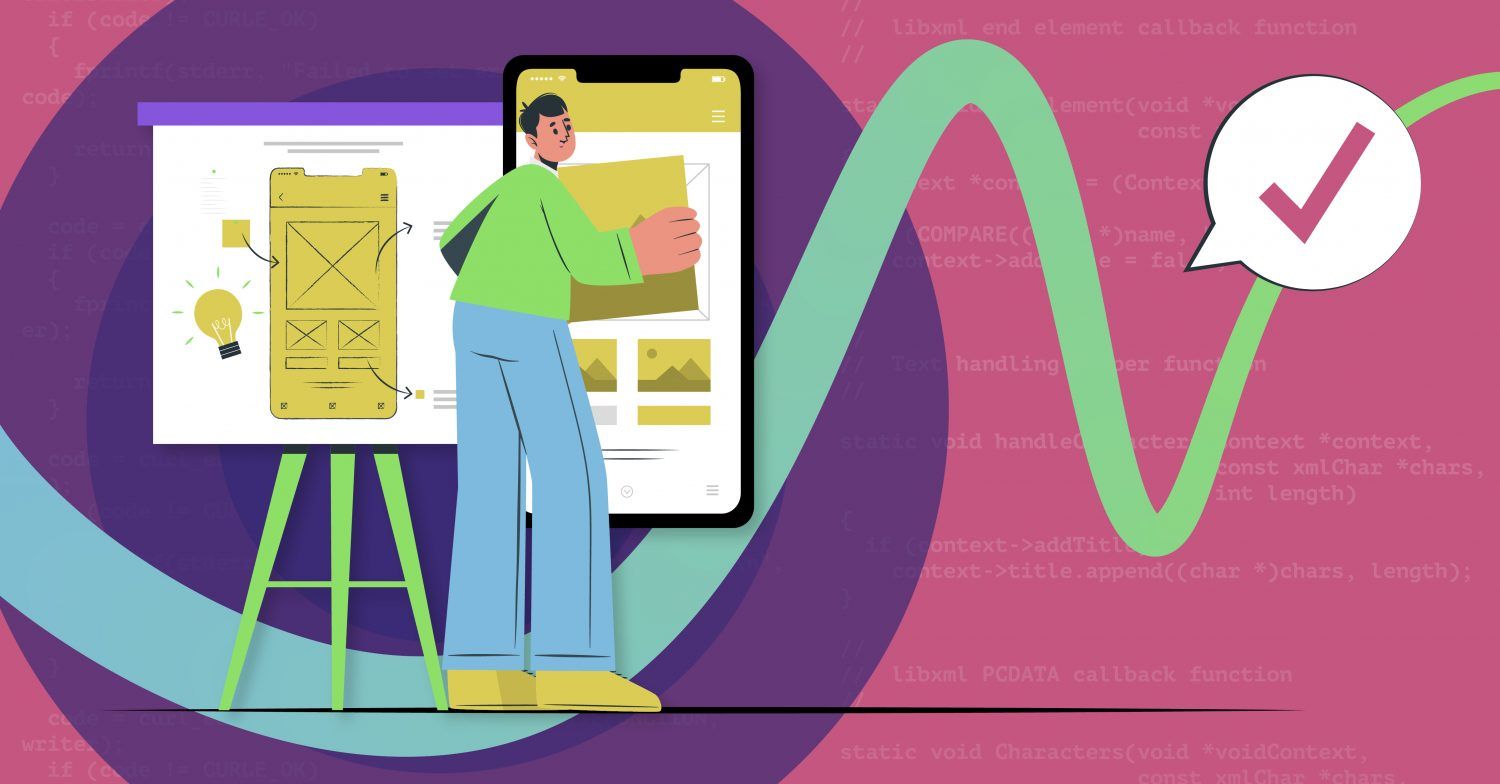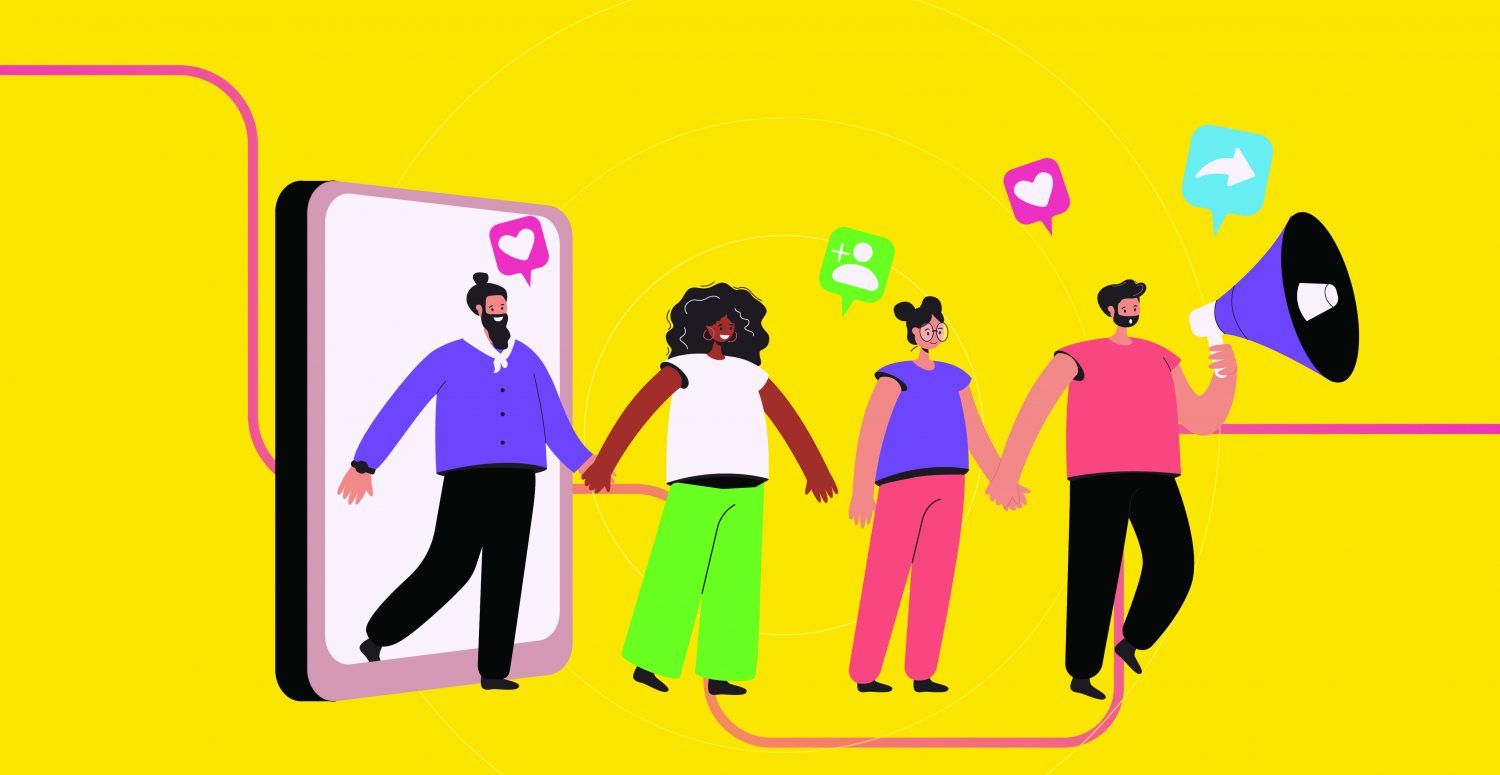Today, event apps have become a common sight at various events, be it conferences, seminars, concerts, or festivals. These apps are not only enhancing attendee experience but also offering a powerful platform to connect, engage, and build lasting relationships.
Although as an event planner, you may face the initial task of creating an event app, the real challenge extends beyond that.
The actual challenge lies on how to craft an effective marketing strategy to promote this app and encourage attendees to download it.
This is where understanding the do’s and don’ts of event app marketing strategies becomes crucial. These guidelines serve as a blueprint for you to unlock the full power of your event app.
DO: Optimize your event app for the App Store
In my experience, I’ve noticed that a surprising number of event planners tend to overlook the app store, even though App Store Optimization (ASO) plays an instantaneous and pivotal role to boost downloads. Now, I’m not saying that you need to dive headfirst into full-scale ASO like dedicated mobile marketers would.
💡 You also gain the added advantage of free branding presence for your event on app store platforms!
However, covering some basic ground can make a significant difference.
Here are a few simple yet effective steps to start with:
- Choose an easy-to-remember app name that resonates with your event.
- Incorporate relevant keywords into your app’s title and description to improve searchability.
- Use attractive, high-quality screenshots to showcase your app’s functionality.
Remember, every bit of visibility counts when it comes to successful event marketing.
DON’T: Ignore App Usage Analytics
The usage analytics of your mobile event app or conference app serve as the backbone for shaping the direction of your event app marketing. This data provides critical insights into how users are interacting with your app.
Overlooking these analytics could lead to ill-informed decisions and, ultimately, less effective marketing campaigns.
Here are some key event app usage metrics you should be keeping an eye on:
- Number of App Downloads: This is a straightforward indicator of your app’s popularity.
- Type of Phone Used for Downloading: Knowing whether users are on Android or Apple can help tailor your app’s features and updates.
- Number of Logins to the App: This gives you an idea about the frequency of app usage.
- Number of Active Users: A vital metric that helps understand user engagement.
- Most Used Features: This can guide you to invest more in popular features and improve the less used ones.
- Engagement Metrics: These include interactions like likes, comments, posts, and time spent on the app.
- Number of Shares and Posts in the App: This could be a sign of a highly engaged and interactive user base.
💡If you notice that your app downloads aren’t picking up despite your communication, it might be time to rethink your strategy.
DO: Implement Interactive Event App Features
Interactive features in an event app can significantly amplify user engagement, encourage more extended usage, foster networking, and potentially elevate your event’s overall success.
💡 It’s good practice not to overload your event app with countless features. Instead, align the features with your engagement strategy.
Here are some interactive event app features that you can consider:
- Live Audience Polls: An essential feature for training workshops and knowledge-sharing conferences.
- Live Q&A: A great alternative to physical Q&A sessions, allowing all participants to submit their questions and receive answers even when time runs out.
- Gamification & Contests: Perfect for dealer meets, internal sales meetings, and employee engagement events.
- Exhibitor Lead Scan: Enhances exhibitor ROI in tradeshows and helps promote a greener event environment.
- Speed Networking: A fantastic feature for networking events.
- Scavenger Hunts: Excellent for incentive events and product launches, helping attendees discover new places in a fun and engaging way.
Remember, the best features are those that make the attendees’ experience more effortless and enjoyable, ultimately making your event more memorable.
DON’T: Neglect Branding your Mobile Event App & User Interface Design
An event app is an extension of your event itself. Its look, feel, and functionality should reflect the experience you intend to provide at your event. Ignoring the branding and UI design could result in a disjointed user experience and possibly impact the success of your event.
Branding your mobile event app is a vital part of your overall event marketing strategy. It goes beyond just incorporating your logo or event colors; it’s about crafting a consistent visual identity that aligns with your event’s messaging and goals.
Another essential aspect that event planners often overlook is the app’s usability. Unlike regular mobile apps, your attendees will prefer a quick and easy way to navigate key information. Therefore, spend time understanding the features your attendees are most likely to use and thoroughly test the usability.
For this, you would need an event app builder that allows flexibility in moving around navigation elements within the app.
💡 Switch your device to airplane mode and observe how the app performs without internet connectivity. Your event app should neither crash nor display a loading icon endlessly.
DO: Personalize the App Experience
In an era where customer expectations are at an all-time high, personalization stands as a key differentiator, enhancing event experience and setting your event apart.
The more tailored the experience, the more engaging your mobile event app will be for your attendees.
💡 This could mean customized content, personalized recommendations, or tailored push notifications.
Here are some ways to personalize the user experience:
- User Profiles & Interests: Enable users to create profiles. This not only allows attendees to tailor their content and communication but also facilitates the app in recommending other like-minded attendees.
- Customized Content: Leverage the information from user profiles to offer tailored content. For instance, suggest sessions or activities based on users’ interests or previously attended sessions.
- Personalized Communication: Adapt your communication based on users’ preferences. Use push notifications to send reminders about bookmarked sessions, updates about favorite speakers, or personalized greetings.
- AI Recommendations: Harness artificial intelligence to offer personalized recommendations. These could include suggesting attendees to network with based on shared professional interests, or recommending sessions that align with their past behavior or stated interests.
- Personalized Agenda: It allows attendees to curate their schedule based on their interests and priorities, ensuring they derive maximum value from the event. Furthermore, it provides an organized snapshot of the event’s proceedings, facilitating better time management and enhancing overall attendee experience.
DON’T: Overwhelm Users With Notifications
While push notifications are one of the key selling points for why attendees should download your event app, an overabundance of them can lead to the exact opposite – attendees deleting the app out of annoyance.
Notifications are effective to engage users, but bombarding attendees with an excess can prove detrimental. The key is to steer clear of the spamming zone and instead focus on delivering notifications that are timely, meaningful, and personalized.
💡 When selecting an event app builder, look for features such as scheduled notifications, image notifications, and personalized notifications. Don’t underestimate the power of emojis – they can add a touch of friendliness to your communications.
Remember, the ultimate goal is to enhance your attendees’ experience, not hamper it with a flurry of irrelevant alerts. Tactful use of notifications can not only boost app engagement but also contribute positively to the overall success of your event.
DON’T: Overlook Promotion of Your Event App on Event Day
Even with all the pre-event marketing, the promotion of your event app doesn’t end when the event starts. In fact, the day of the event itself is a prime opportunity to boost your event app usage and engagement.
Remember, not all attendees will have downloaded the app prior to the event. For these individuals, the event day is your last chance to convert them into app users. To succeed, it’s important to plan and carry out your strategy carefully, using strategic planning software to stand out in the busy event.
Here are a few strategies to consider:
- Visible Signage: Use banners, standees, or digital screens at high-traffic areas to remind attendees about the app.
- Verbal Prompts: Have your hosts, speakers, or event staff remind attendees about the app during opening remarks, sessions, or breaks.
- Dedicated Help Desk: Set up a help desk or kiosk where attendees can get assistance with downloading and using the app.
- Incentives: Offer some incentives such as exclusive content, networking opportunities, or prize drawings to attendees who download and use the app on event day.
In Conclusion
Mastering the do’s and don’ts of event app marketing strategies is vital to ensure that your marketing efforts are effective. Don’t ignore it

